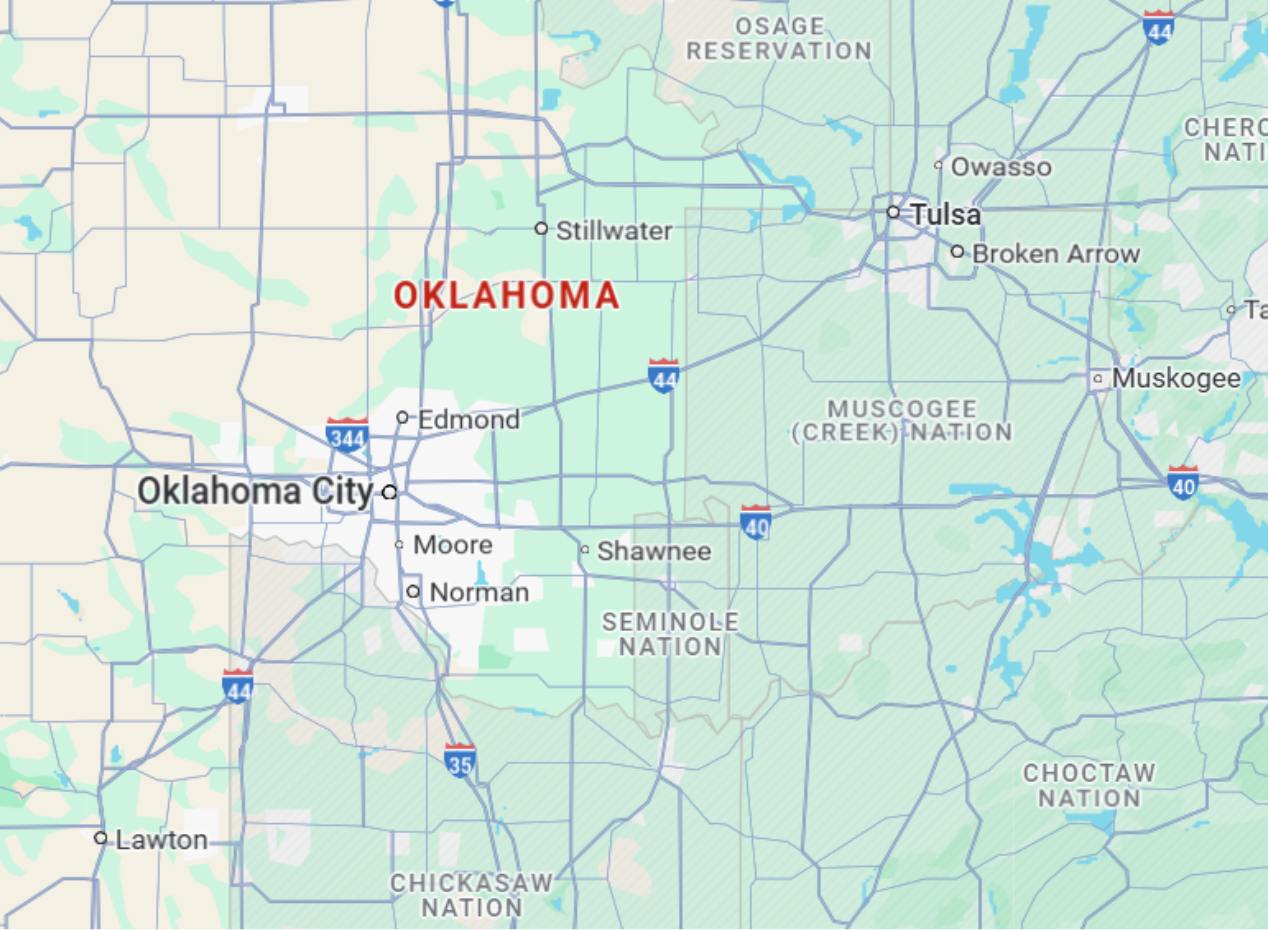Website ADA Compliance in Oklahoma
ADA compliance in Oklahoma isn’t just about the law—it’s a powerful step toward equity and inclusivity. By making your website accessible, you uphold civil rights, protect your business, and empower every user. Start today—create a digital space where everyone belongs.

Oklahoma ADA Requirements
Oklahoma demonstrates a strong commitment to digital accessibility by enacting laws and policies that reflect and uphold the core standards outlined in the Americans with Disabilities Act (ADA) and Section 508 of the Rehabilitation Act.
Accessibility solutions near you in Oklahoma help you stay compliant with state regulations while offering an inclusive digital experience for all users across the state.
Americans with Disabilities Act and Section 508
Originally designed to address physical barriers, the ADA now extends to the digital world.
Under Title II of the ADA, state and local governments must give individuals with disabilities equal access to public services, programs, and activities. Meanwhile, Title III holds public-facing businesses and nonprofits accountable for providing reasonable modifications to ensure full and equal enjoyment of their services.
Now, let’s discuss Section 508. This federal law, an amendment to the Rehabilitation Act of 1973, explicitly targets electronic and information technology (EIT) used by federal agencies.
It requires that both government employees and the public can access digital services without barriers.
On January 18, 2018, Section 508 underwent a major update, incorporating the Web Content Accessibility Guidelines (WCAG) 2.0. This revision ensures that web content and electronic documents meet consistent and measurable requirements, including PDF remediation guidelines.
In alignment with these changes, the State of Oklahoma updated its accessibility standards to enhance government transparency, accessibility, and usability for individuals with disabilities. Current Oklahoma digital accessibility legislation mandates compliance with WCAG 2.0 Level AA, as required by the ADA and Section 508 regulations.
The Oklahoma Electronic Information Technology Accessibility (EITA) Act
The Oklahoma Electronic Information Technology Accessibility (EITA) Act mandates that all ICT used by state agencies, contractors, and grantees comply with accessibility standards. The Office of Management and Enterprise Services (OMES) oversees compliance across state agencies and covered entities.
Although the EITA Act does not apply to for-profit businesses, they must still ensure that their ICT and online content are accessible to individuals with disabilities to comply with the ADA and avoid legal liabilities.
For more information on Oklahoma's IT accessibility legislation, visit Oklahoma ABLE Tech, the state’s Assistive Technology Act Program. It supports individuals with disabilities in accessing assistive tools and digital inclusion.
Additionally, businesses can benefit from ABLE Tech’s ICT accessibility training to adopt best practices and achieve ADA compliance in Oklahoma, even if not legally required under the EITA Act.
Resources Covered by the EITA Act
The law applies to several resources essential for accessibility, including:
- Graphics and images
- Multimedia sounds and color contrasts
- Forms
- Alt tags for images
- Keyboard control
Consequences of Noncompliance With Accessibility Standards
While Oklahoma’s EITA standards do not currently impose fines, violations under the ADA and Section 508 carry hefty penalties.
The financial hit for a first offense can range from $55,000 to $75,000, while repeated violations may double, reaching between $110,000 and $150,000. These penalties can escalate further when lawsuits are filed by private individuals or advocacy groups, often leading to legal fees, court proceedings, and costly settlements.
But financial risks aren’t the only concern. Ignoring digital accessibility can spark boycotts, limit your market access, and cause revenue loss.
How To Ensure Your Website Complies With Oklahoma Accessibility Law
Now that you understand Oklahoma’s accessibility laws and the risks of non-compliance, take the following proactive steps:
- Conduct a Comprehensive Accessibility Evaluation: Use automated tools and manual testing to assess your website’s accessibility based on WCAG guidelines. Addressing issues early ensures the site is usable for people with visual, auditory, or motor impairments.
- Integrate Customization Features: Embed software or functionalities on your site that let users change color contrasts, font size, or languages.
- Empower Your Team: Deliver training and resources to developers and content creators that equip them with knowledge of ADA compliance in Oklahoma and WCAG standards.
We don’t want you to fall into serious trouble. That’s why at Be Accessible, we’re committed to guiding you through the process. Whether you need a comprehensive website audit, seamless accessibility fixes, automated document remediation, or custom-made training, our team is here to support your accessibility initiative.
Be Accessible Increases Digital Accessibility Every Day
We serve a wide range of industries from restaurants to tech companies to financial institutions and everything in between.
Contact Us
You're one step closer to ADA compliance.
Fields marked with * are required.